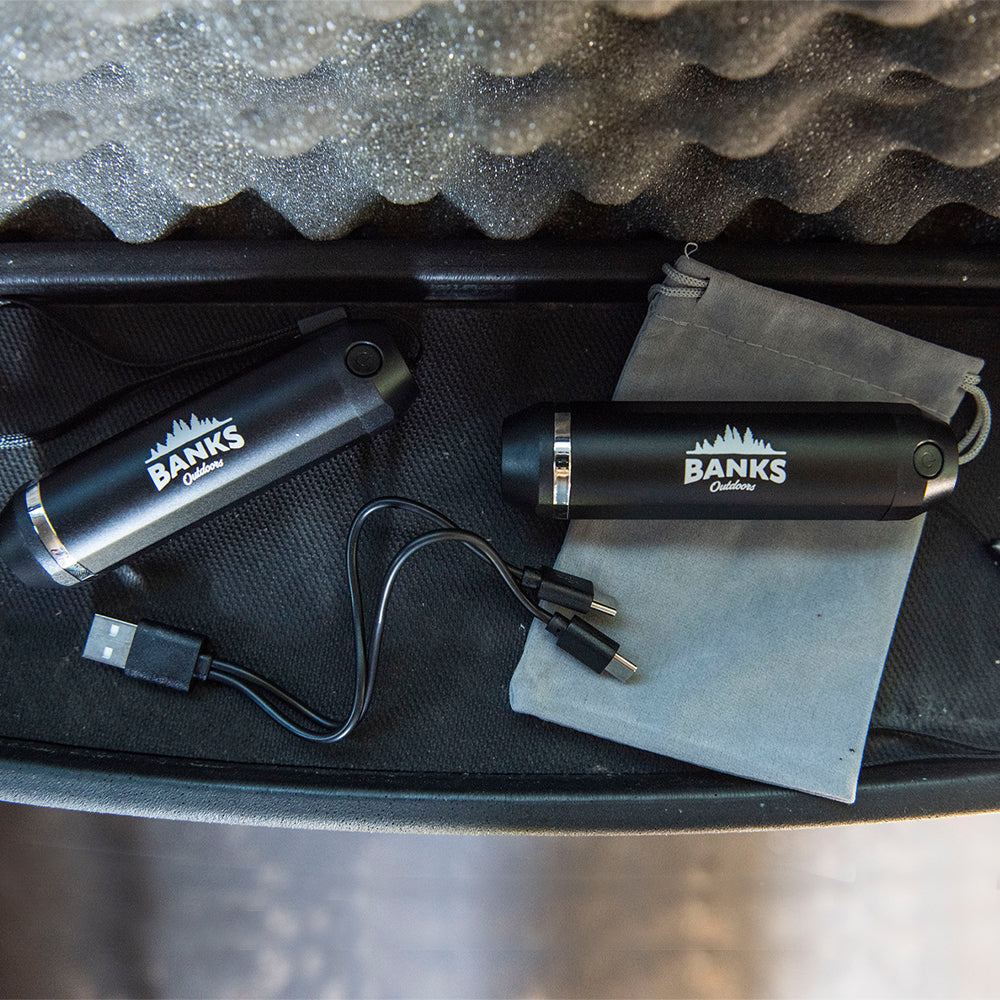Happy Thanksgiving! Some of you might be enjoying a hunt over the holiday, so we’ve got some tips on how you can recover the harvest and bring it back for your Thanksgiving table. It’s not uncommon for a hunter’s shot to land in the vital area deer but not drop it right away, causing the deer to bound off into the woods. Vital area shots will always eventually but fatal, but it doesn’t always happen immediately. You’ll need to be able to track down the deer to recover your harvest once it inevitably perishes. Here are some tips on how to track a wounded deer and recover your harvest.
Blood Trail
The best way to track your wounded deer is to analyze and track its blood trail. The color and consistency of the blood the deer left behind will tell you where on the deer your shot landed. Knowing where the shot landed will give you a better idea of how long it will take for the deer to fall. Here’s a guideline for the color and consistency of the blood:
- Heart: Bright red blood
- Lungs: Crimson blood, frothy
- Liver: Dark red blood
- Stomach: Red blood mixed with green or brown
What Did the Deer Do?
While it’s not an exact science, how the deer reacted after being hit can also tell you where it was shot. Keep in mind that some deer that are barely hit might react strongly and give a false impression they were hit harder than they were. Here’s a general guideline for the reactions after a shot:
- Heart: Mule kicks, runs off quickly
- Lungs: Mule kicks, runs off quickly
- Liver: Briefly runs, then walks
- Stomach: Briefly runs, then walks
How Long to Wait
It’s best to analyze the blood at the start of the trail so that you can get a sense of where the deer was shot. This will help you determine how long you should wait before following the deer. Here’s a general guideline for the minimum wait time for each type of shot:
- Heart: 30 minutes
- Lungs: 60 minutes
- Liver: 2 hours
- Stomach: 4 hours
If you decide to leave while you wait out the “cooling period”, make sure you leave in the opposite direction that the deer ran. You don’t want to go in the same direction and end up inadvertently following the deer and spooking it away. Go in the opposite direction so that it can expire without being pushed further into the woods. When you’ve waited for the appropriate amount of time, backtrack to your blind and then go in the direction the deer went to recover the harvest.
Wait it Out in Our Stump Blinds
Our Stump blinds have tightly sealed doors and windows, so you can wait out your recovery time comfortably from your blind without worrying that other deer will detect your scent. You might even end up harvesting another deer while you wait for the first one. You’ll be able to speak freely with your hunting partner knowing your sound is contained, so your hunting trip can turn into a bonding moment while you simply hang out and enjoy nature.
As you enjoy some Thanksgiving weekend hunts, take the recovery time to enjoy nature, give thanks for the friends or family with you in the blind and for the wild game you’re about to bring back for your table.
How do you track a wounded deer? Let us know how you recover your harvest in the comments below!





Scent Control Solutions: How 'Carbon Filters' in Banks Blinds Give You an Edge
How to Adjust Your Hunting Strategy as Rut Activity Begins to Decline